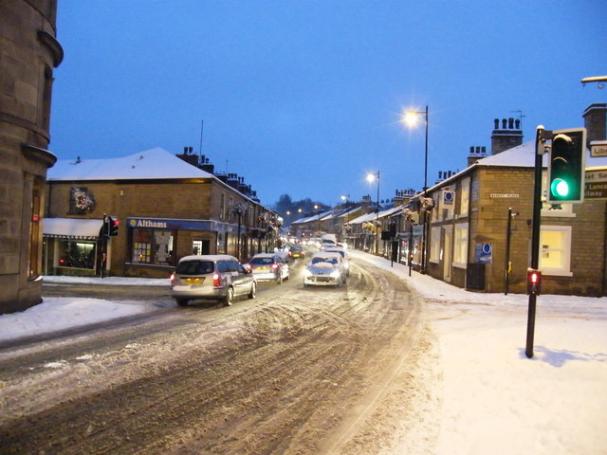Snow joke – customer service and the weather

The current wintry conditions are leading to treacherous driving conditions, travel disruption and the closure of thousands of schools across the UK. It is also having a major impact on customer service. Contact centres are receiving an increased volume of calls, emails and tweets from consumers looking for information, complaining about delays and seeking help.
The weather doesn’t just impact customer service teams in ‘obvious’ industries (such as rail operators or airlines) but a whole host of others, including:
- Retailers – calls from consumers checking on delivery of their online orders
- Garages/motoring organisations – repairing/recovering broken down and stuck vehicles
- Insurance companies – increased claims for road accidents and damage to property
- Utilities/plumbers – calls to unfreeze water pipes and repair boilers
- Schools – worried parents asking whether they are going to be open or not
- Councils – calls about disruption to services
- Doctors/healthcare workers – not just a greater number of accidents but calls from patients that can’t make it into surgeries or hospital for appointments
If poor weather continues, the customer service impact deepens – in an era of just in time deliveries disruption to roads will hit manufacturing and the supply of food to shops. And customer service managers will have to handle increased calls with (potentially) many of their staff unable to make it into work due to the weather.
So how can companies ensure that customers still receive the highest levels of service, despite the weather? Here are five top tips from Eptica:
1 Cover all the channels
Consumers get their information through an ever-widening variety of channels, from the phone, web, social media, mobile and email to listening to the radio, watching television and visiting your branches. Cover all of these channels with the latest information, and don’t neglect any. All companies should have a crisis plan in place on how to deal with adverse weather conditions that includes quickly mobilising multichannel responses.
2 Be consistent
The danger with communicating through multiple channels is that different messages are issued. Avoid this by having a single, centralised knowledgebase that delivers answers that can be adapted for each channel (such as being shortened for Twitter) but remain consistent.
3 Keep communicating
Conditions change quickly so make sure you are continually updating information for consumers. And time stamp updates so people know when they were issued, and be clear when the next update will be published.
4 Make it easy to find information
With potentially fewer customer service staff at their desks, and consumers wanting to find out information 24 hours per day, embrace self-service to help people find information. Web self-service allows customers to ask questions and get fast answers online – avoiding the need to call or email. Add a self-service option to your Facebook page, using the same centralised knowledgebase, so that consumers can ask questions through their channel of choice.
5 Be social, engage - and apologise
With travel plans disrupted, many people turn to social media to vent their frustrations. Therefore as well as broadcasting updates (such as delays/cancellations of trains) make sure you are monitoring for aggrieved customers. Take the time to engage with them and apologise, even if the weather conditions mean problems are out of your control.
With snow an annual event, consumers rightly expect organisations to be prepared – so make sure your customer service delivers, whatever the weather.







Comments